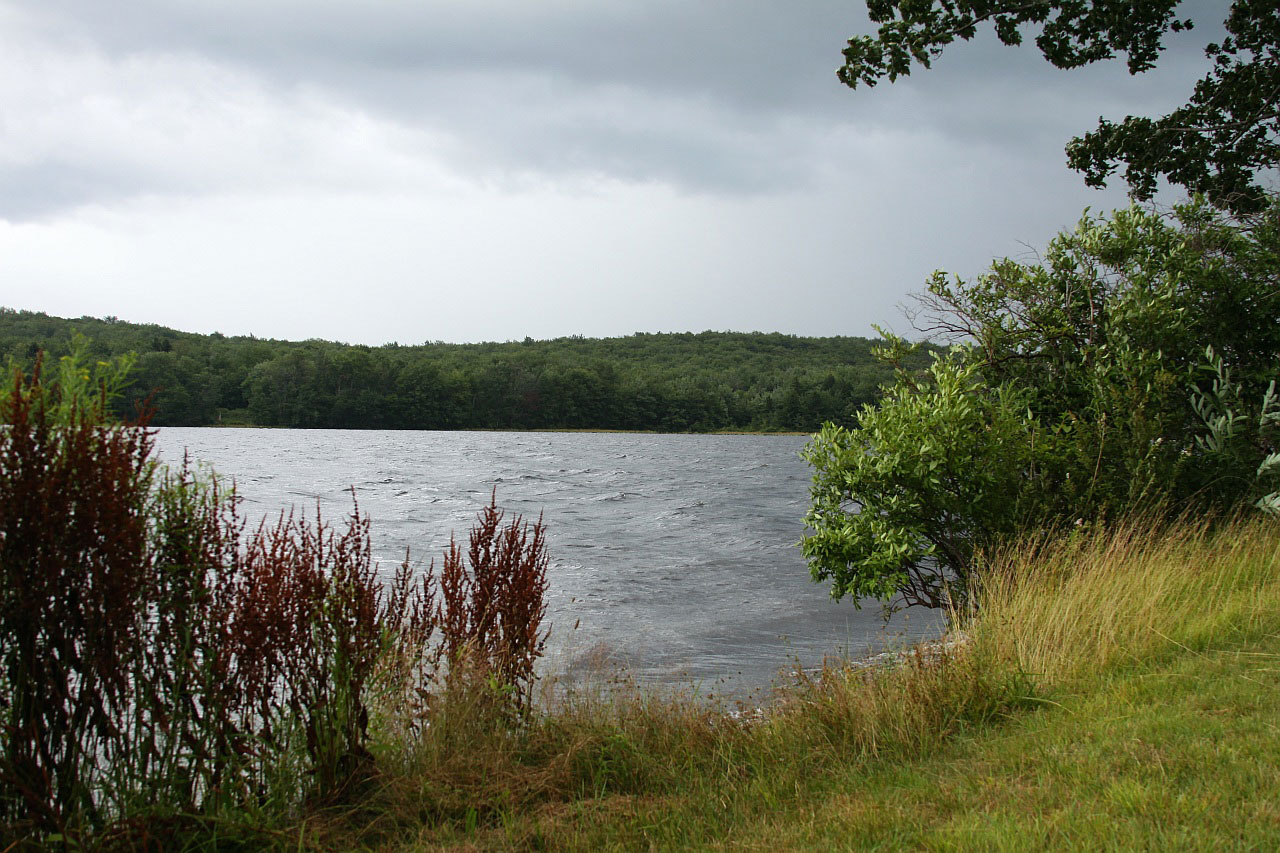Riparian Rights

The information below originally appeared as part of the Minnesota Home Talk Legal Minute. To hear an audio version, click here. You can hear my Legal Minute segments during the show every Saturday on 1500 ESPN at 7 a.m. and On Demand.
Residing in the “Land of 10,000 Lakes” sometimes poses unique legal issues for Minnesota real estate owners who own property adjacent to water. The rights of lakeshore owners are known as “riparian rights.”
Riparian rights do not stem from who owns the lake bed but arise by reason of ownership of the shoreline. Riparian rights include:
• fishing;
• boating;
• hunting and other domestic or recreational uses;
• harvesting wild rice;
• harvesting ice;
• drawing irrigation water so long as the water level is not impaired;
• skating;
• bathing;
• drawing domestic and agricultural waters;
• moorage, including the right to anchor a boat to one’s own land or to the bottom but not to tie the boat to private land of others;
• wharfage out to the line of navigability;
• right to have the stream continue without interruption;
• right to continuance of an established lake level;
• right to build a dock;
• accretions and relictions;
• drawing water for powering of a mill; and
• one of extreme importance to all shoreland owners, the exclusive rights of access from the property to the lake.
These riparian rights extend to the entire body of water. Every owner of land abutting a lake has the right to use the lake for normal riparian uses: fishing, boating, hunting, swimming, docking, etc., whether the lake is navigable or non-navigable, subject to restrictions enacted by the State and provided the use does not unreasonably interfere with the riparian rights of others.
Just as a riparian owner has certain riparian rights, riparian owners have certain duties. They cannot exercise their riparian rights in a manner so as to unreasonably interfere with the riparian rights of others. They also cannot dike-off, drain, or fence-off their part of a water body. It is a public nuisance and misdemeanor to “interfere with, obstruct, or render dangerous for passage waters used by the public.” Minn. Stat. § 609.74.
The riparian owner’s rights below the ordinary high-water level are also subject to the extensive jurisdiction of the Minnesota Department of Natural Resources established by Minn. Stat. Chapter 105 State v. Kuluvar, 266 Minn. 408, 123 N.W.2d 699(1963). In that case the Court stated:
“It is fundamental, in this state and elsewhere, that the state in its sovereign capacity possesses a proprietary interest in the public waters of the state. Riparian rights are subordinate to the rights of the public and subject to reasonable control and regulation by the state. Section 105.42 regulated the property rights of a riparian owner only to the extent of prohibiting any interference with the adjoining waters if such waters are public waters and if the interference is detrimental to public use. Such a regulation cannot be regarded as unreasonable and certainly not as taking property without compensation. When it is established that the public has access to waters capable of substantial beneficial use by all who so desire, the statute directs that the state fulfill its trusteeship over such waters by protecting against interference by anyone, including those who assert the common-law rights of a riparian owner. To permit such owners to interfere with the natural rights of the public to fish, hunt, swim, navigate, and otherwise enjoy such waters would result in subordinating public rights to private rights and in abdicating the state’s trust over an incomparable natural resource. We find no difficulty in holding that the statute is a reasonable regulation and that it does not unconstitutionally infringe upon any rights of a riparian owner, including the rights to use his land above the ordinary low-water mark, the right to wharf out to the point of navigability, or rights arising because of the claimed ownership of the bed underlying any waters declared public by §105.38.”
